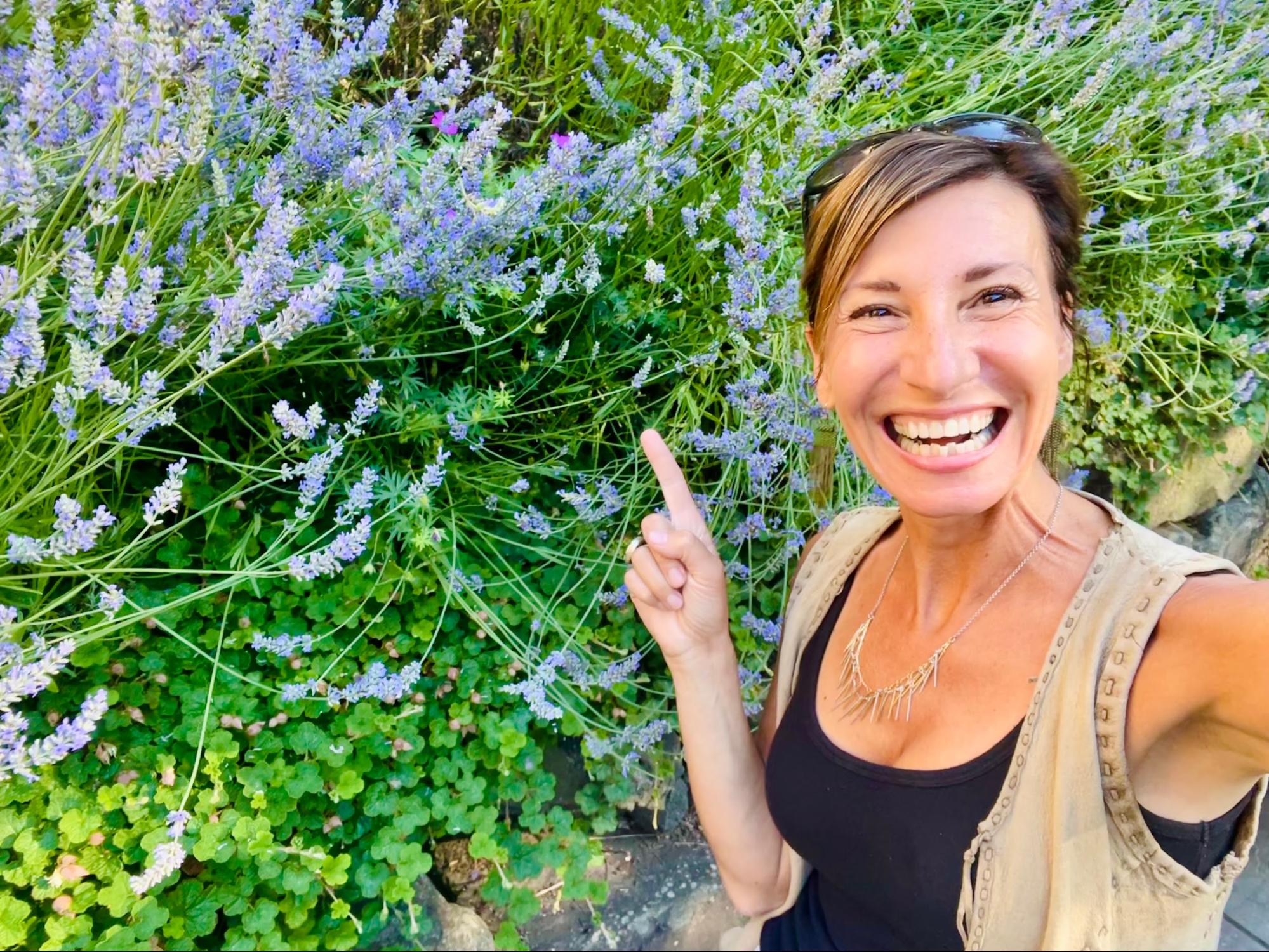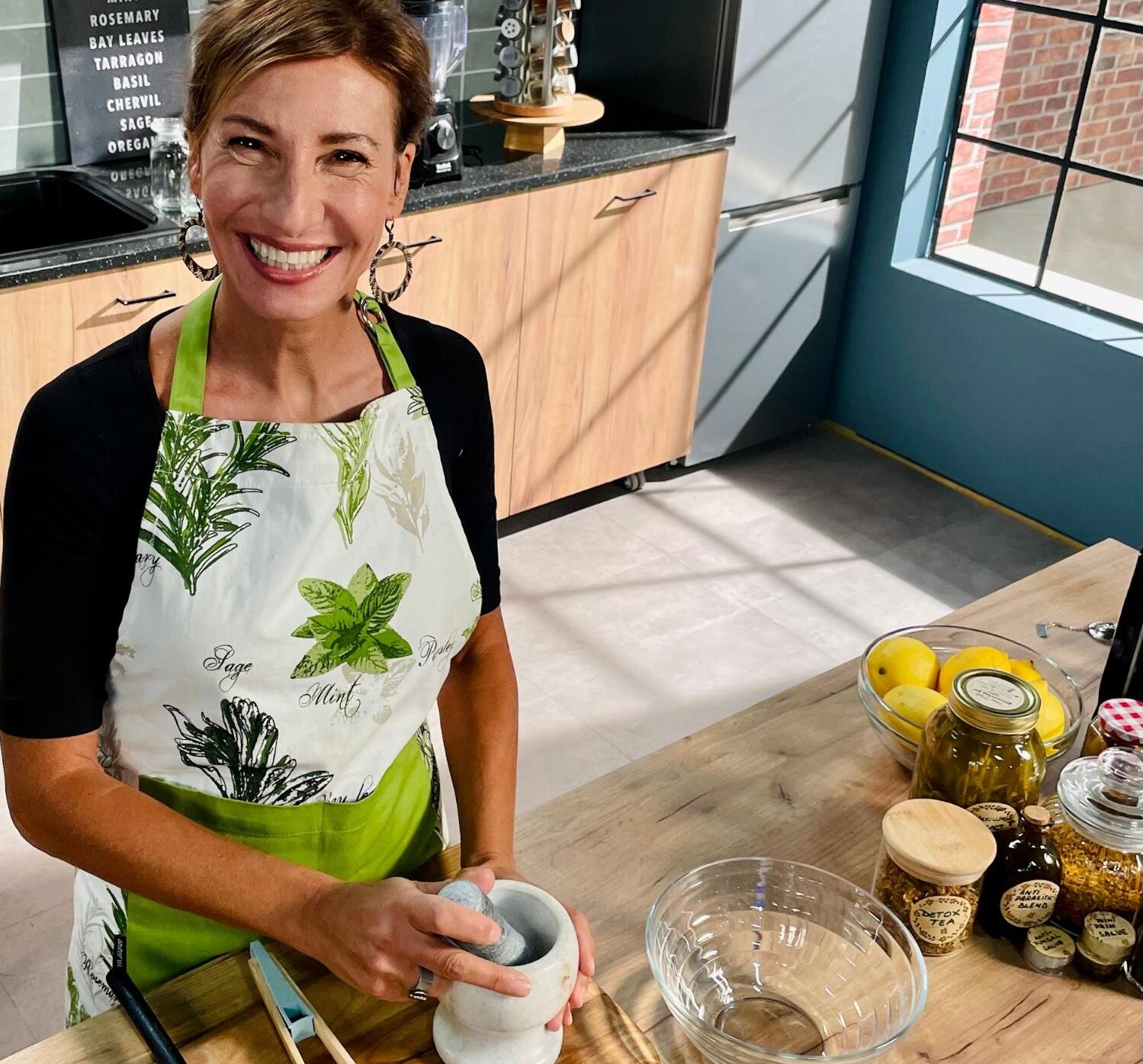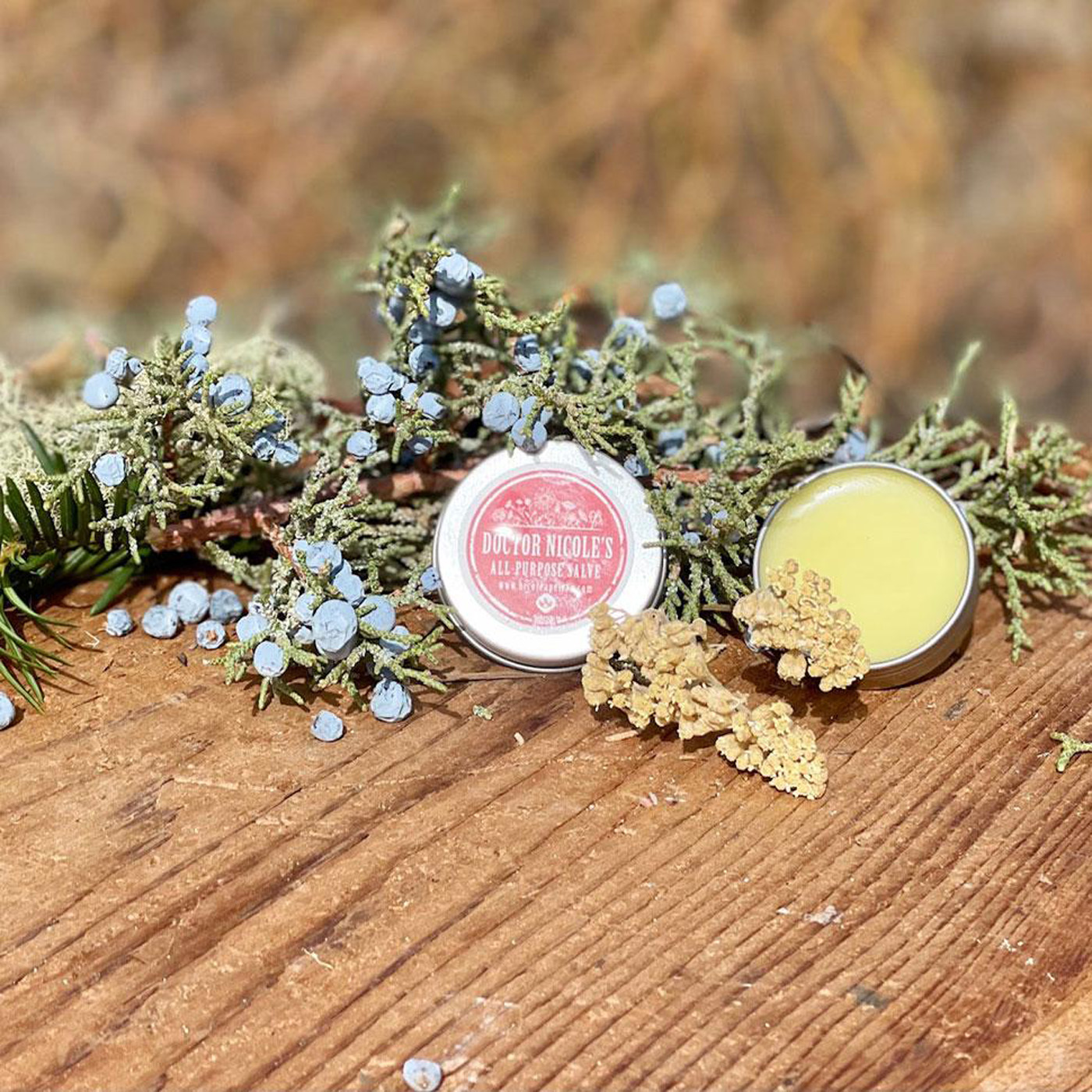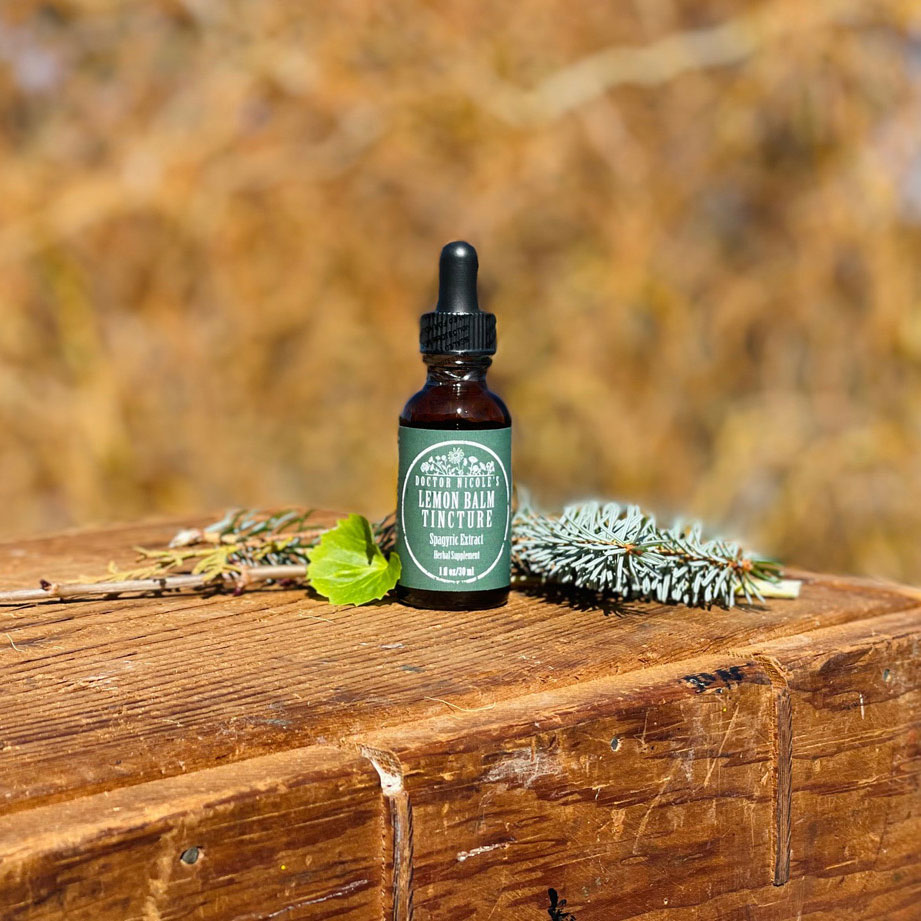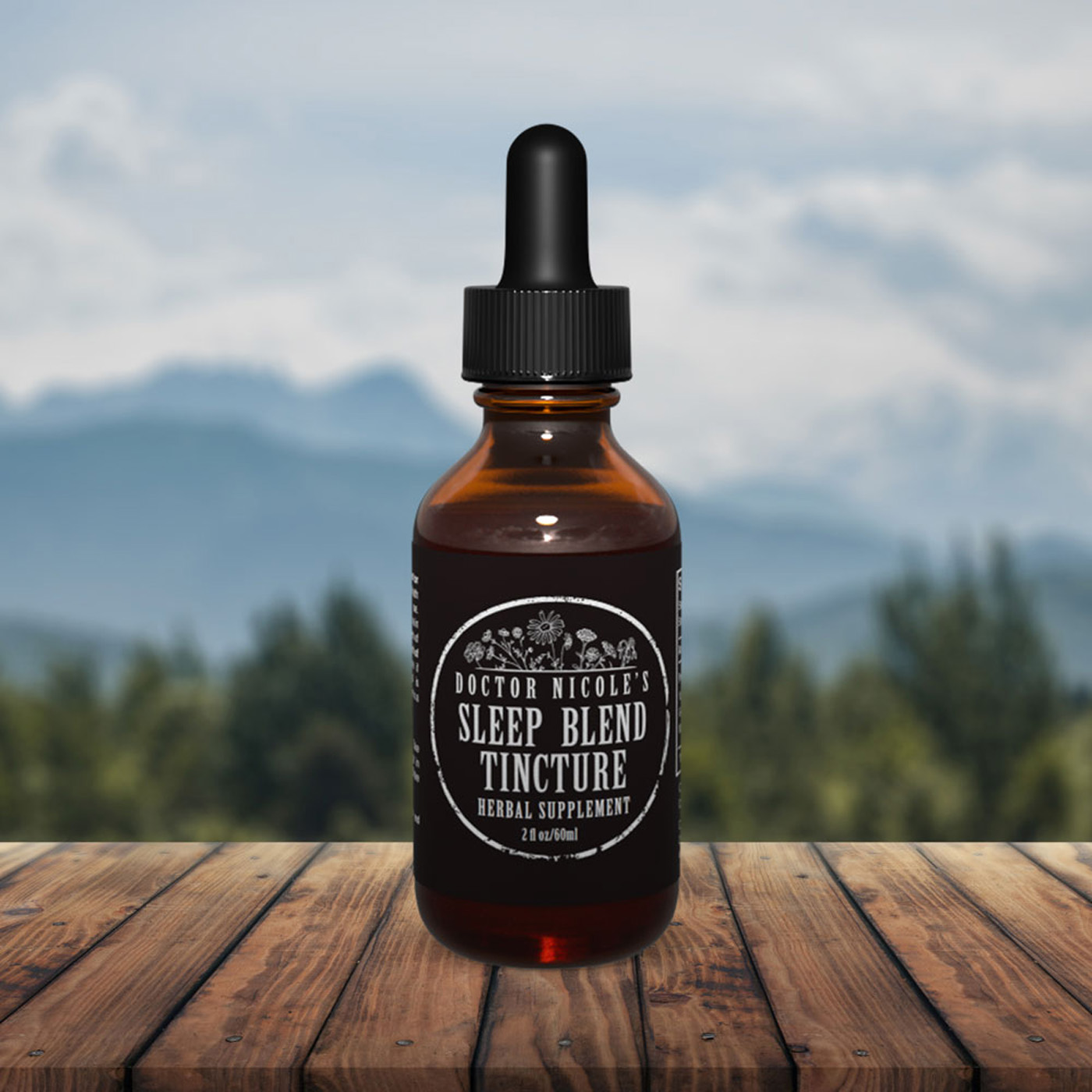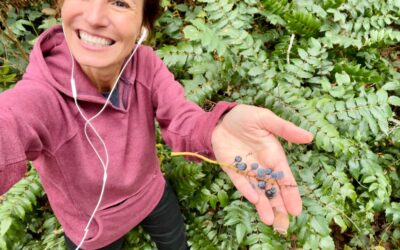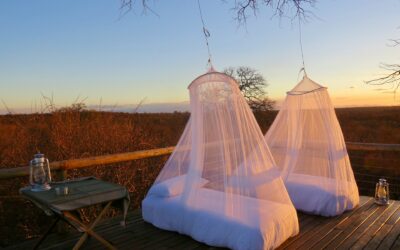Beautiful Scent, Powerful Healing
If you are an advocate of natural remedies, you most likely also enjoy essential oils. As concentrated herbal extracts, essential oils work differently than an herbal preparation you ingest. Instead, these powerful remedies are either absorbed through the skin or inhaled via a diffuser. Beyond the incredible scent and the pure pleasure they invoke, most are also safe for use on children or those who do not respond well to internal natural remedies. Whether adding a few drops to a warm bath, diluting in a carrier oil and applying to the skin, or inhaling the therapeutic mist, essential oils should be included with every herbal medicine chest. However, due to their cost, many don’t utilize the healing benefits of these oils. But I’m here to tell you essential oils are cost-effective for anyone willing to roll up their sleeves and DIY — and it’s easier than you may think!
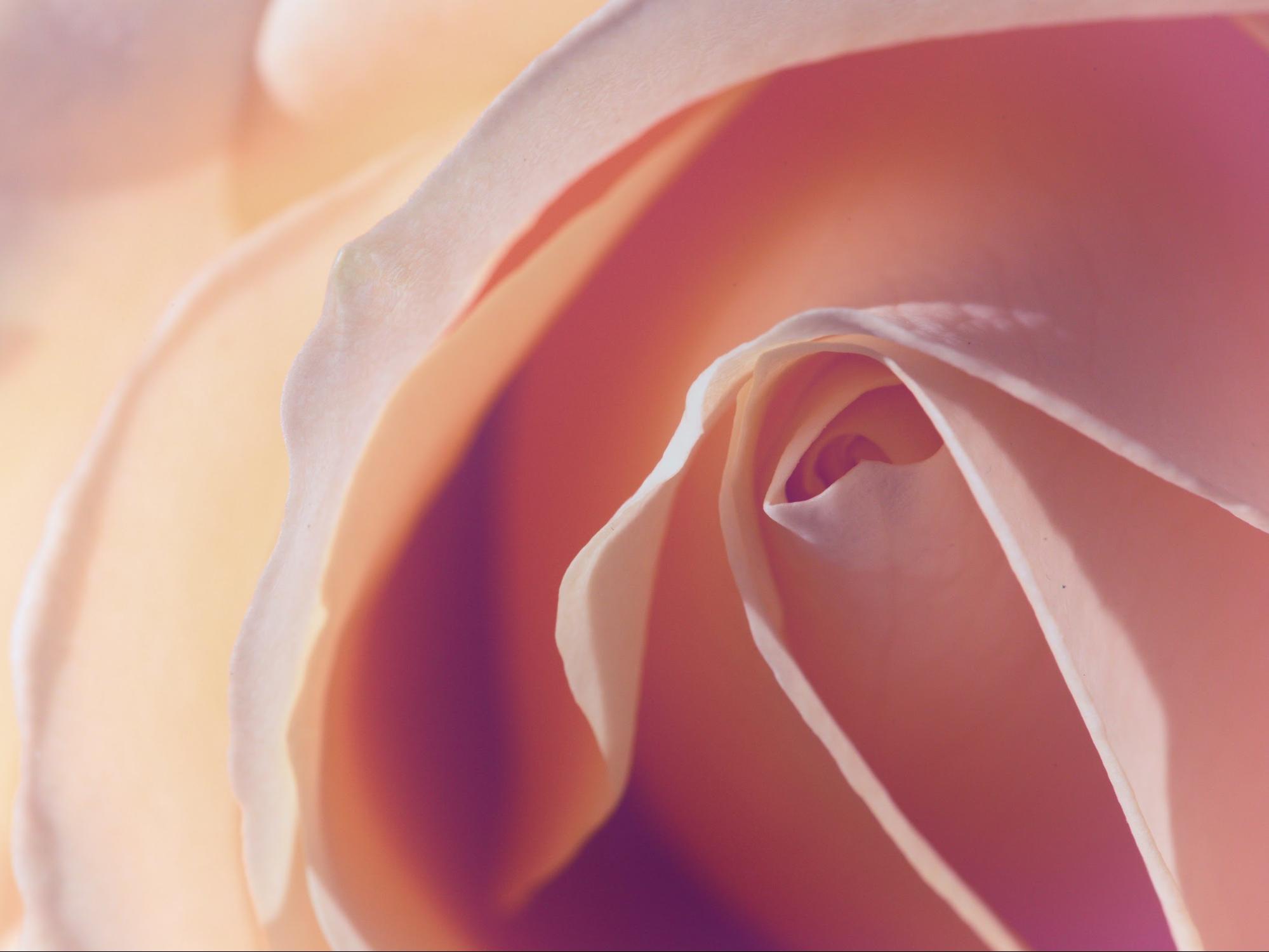
Popular Essential Oils and Their Uses
When using essential oils it is important to dilute 3-10 drops in a tablespoon of carrier oil, such as organic jojoba, almond, coconut, olive, or apricot kernel before applying to the skin. Essential oils are highly concentrated, so diluting them first is crucial to avoid skin irritation. Below are five popular scents to explore for their medicinal properties.
Lavender is one of the most beloved essential oils — and for good reason. Its delightful scent calms the nervous system and helps you relax so you can easily drift off to sleep. If you need an extra level of support, see my Sleep Blend in the apothecary. This essential oil can also be applied to the temples to relieve headaches — particularly migraines.1 Additionally, dabbing lavender onto a bug bite helps to relieve swelling and itching.2 This is why I include it in my All-Purpose (First Aid) Salve.
Sweet-smelling rose is one of the best essential oils to reduce anxiety.3 It is also legendary for its anti-aging properties. Rose helps to improve your complexion as well — including healing acne due to antimicrobial compounds found in the flower.4
Another calming essential oil is lemon balm. Containing over 70 bioactive compounds, it has antidepressant and mood-boosting properties.5 What’s more, it has been shown to improve cognitive health and may help treat dementia and Alzheimer’s disease.6 One study found this oil calms inflammation — both externally and internally.7 Since lemon balm is antiviral, it can be applied topically to cold sores or taken internally as a tincture for herpes simplex virus.8
Lemon balm tincture can also be used topically — no dilution required!
For pain, sunburns, and headache relief, peppermint is an outstanding essential oil. It can also calm IBS symptoms, soothe coughs and colds, reduce stress, and improve cognitive function.9
Melaleuca, otherwise known as tea tree, is another popular essential oil for its medicinal properties. It is antibacterial, anti-inflammatory, and antiviral. Once diluted, it can help to reduce allergic reactions to nickel, calm eczema and bug bites, and treat staph infections.10,11,12
Safety
Some therapeutic-grade essential oils are safe to take internally, however I strongly recommend working with a knowledgeable expert as most essential oils should only be used externally due to their concentrated nature. Tea tree is one example of an essential oil that should never be ingested.
If you develop a rash, trouble breathing, dizziness, or nausea after using an essential oil, discontinue immediately and seek medical attention as these are indicators of an allergic reaction.
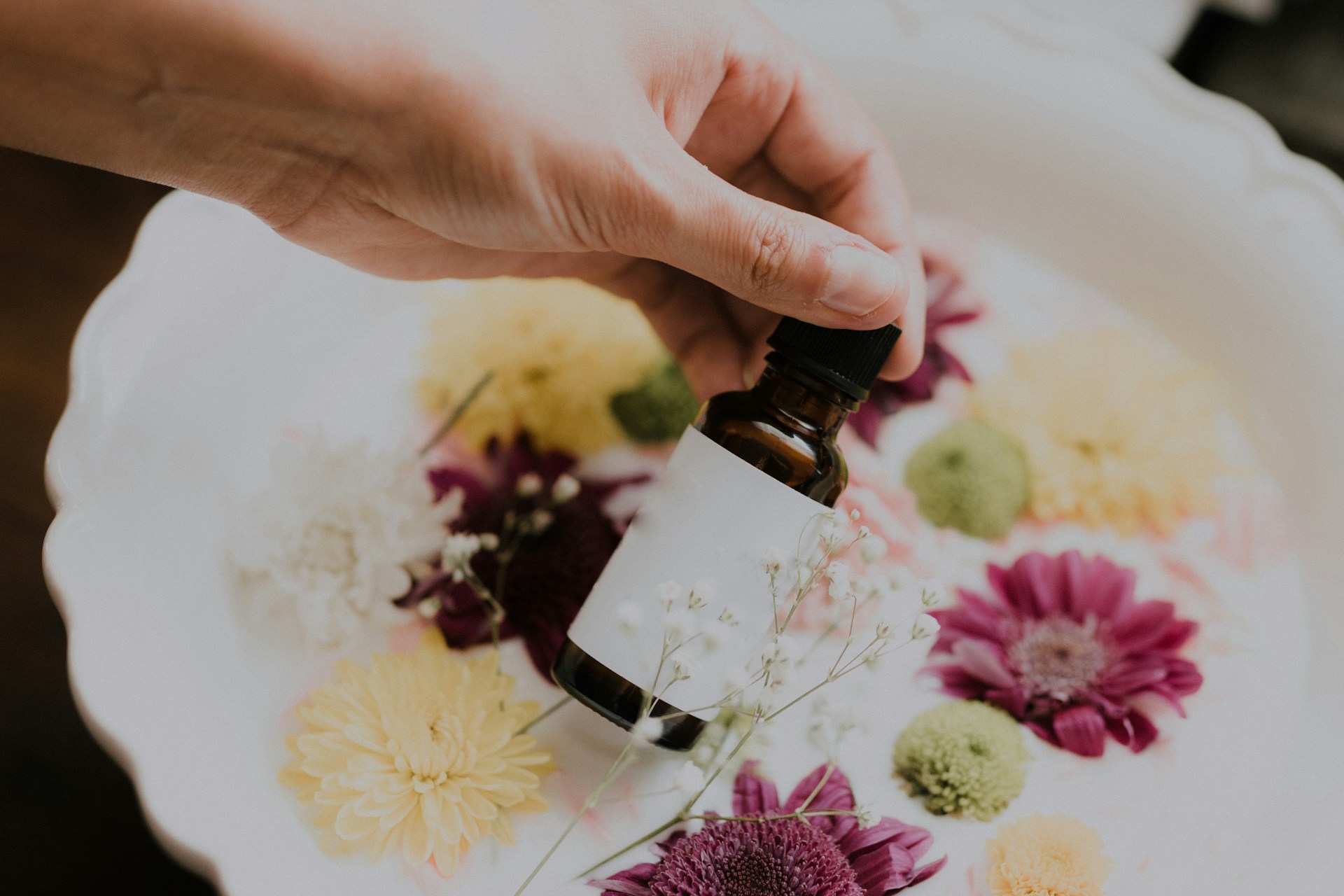
DIY Essential Oils
While you may think making your own essential oils at home is a complicated and time-consuming process, it is actually quite straightforward and simple. It is also economical! If you use essential oils frequently, you know the cost can add up. Why not make them yourself? Here’s how. For hands-on instructions, see my online Herbal Academy Master Course.
The easiest way to make your own essential oil at home is by using a two-piece distillation kit, which are readily available for around $100 online.13
Instructions
- Place your washed plant material inside the big pot for the distiller and cover it with water so that it is slightly submerged. Secure the lid to prevent steam from escaping, except through the small valve.
- Fill the small pot in the kit with ice water and connect to the small valve. Place it on the stove. When the plant matter boils, it will produce steam that travels along the coil.
- After about 20 minutes, you will have one or two glasses of water with a very thin layer of essential oil on top. Take a pipette and gently gather the oil and place it in a small, dark-tinted glass bottle.
- Next, remove the water with the pipette and repeat the process until all you have left is essential oil.
Store in a cool, dark location away from sunlight — a pantry or drawer is perfect. Essential oils will last around four years when tightly capped and stored properly. If the smell has changed or the oil has become cloudy, it’s time to discard it.
The leftover water is called hydrosol — don’t toss it away. Hydrosol has the same beneficial properties as the essential oil, just in a less concentrated form. The advantage of this is that you don’t need to dilute it in a carrier oil. Store in a dark-tinted glass spray bottle and use it as a facial toner (rose, chamomile, or lavender), scalp rejuvenator (peppermint), or as a refreshing pick-me-up (bergamot, clary sage, citrus).
My Online Herbal Academy: Harnessing the Power of Nature
If you would like to dive deeper into herbal medicine with hands-on instruction, my online Herbal Academy Master Course is for you!
Not only will we cover step-by-step how to make your own essential oils, but you will also learn how to make dozens of different extractions, salves, poultices, tinctures, syrups, oil infusions, and more.
Once you have signed up for the course, you will receive The Lost Remedies Academy Guide ebook that contains all the information from the videos for swifty identifying plants with clear pictures and diagrams. As an added bonus, I’m including three additional digital resources for anti-inflammatory meal plans, wild edibles found around your home, and an herbal weight loss protocol with 50+ recipes.
Unlock the secrets of nature with a one-time purchase that grants you and your family instant lifetime access to my in-depth Lost Remedies Academy. Say goodbye to subscriptions and enjoy a world of knowledge anytime, anywhere on your phone, tablet, laptop, or TV. I am so confident in the value of my academy that I offer a 60-day, no questions asked money-back guarantee.
Whether you’re a beginner eager to explore the world of medicinal herbs and foraging, or you’re looking to expand existing knowledge, this course is tailored to empower you to take charge of your health and self-sufficiency, while reducing the need for costly medical visits.
I know you are going to love it! Tap here to learn more.
Nicole Apelian
Nicole’s Apothecary Products in this Post
References
- Sasannejad P, Saeedi M, Shoeibi A, Gorji A, Abbasi M, Foroughipour M. Lavender essential oil in the treatment of migraine headache: a placebo-controlled clinical trial. Eur Neurol. 2012;67(5):288-91. doi: 10.1159/000335249. Epub 2012 Apr 17. PMID: 22517298.
- Cavanagh HM, Wilkinson JM. Biological activities of lavender essential oil. Phytother Res. 2002 Jun;16(4):301-8. doi: 10.1002/ptr.1103. PMID: 12112282.
- Mohebitabar, S., Shirazi, M., Bioos, S., Rahimi, R., Malekshahi, F., & Nejatbakhsh, F. (2017). Therapeutic efficacy of rose oil: A comprehensive review of clinical evidence. Avicenna journal of phytomedicine, 7(3), 206–213.
- Orchard, A., & van Vuuren, S. (2017). Commercial Essential Oils as Potential Antimicrobials to Treat Skin Diseases. Evidence-based complementary and alternative medicine : eCAM, 2017, 4517971. https://doi.org/10.1155/2017/4517971
- Mirabi, P., Alamolhoda, S. H., Yazdkhasti, M., & Mojab, F. (2018). The Effects of Lemon balm on Menstrual Bleeding and the Systemic Manifestation of Dysmenorrhea. Iranian journal of pharmaceutical research : IJPR, 17(Suppl2), 214–223.
- Benny A, Thomas J. Essential Oils as Treatment Strategy for Alzheimer’s Disease: Current and Future Perspectives. Planta Med. 2019 Feb;85(3):239-248. doi: 10.1055/a-0758-0188. Epub 2018 Oct 25. PMID: 30360002.
- Bounihi A, Hajjaj G, Alnamer R, Cherrah Y, Zellou A. In Vivo Potential Anti-Inflammatory Activity of Melissa officinalis L. Essential Oil. Adv Pharmacol Sci. 2013;2013:101759. doi: 10.1155/2013/101759. Epub 2013 Dec 5. PMID: 24381585; PMCID: PMC3870089.
- Schnitzler P, Schuhmacher A, Astani A, Reichling J. Melissa officinalis oil affects infectivity of enveloped herpesviruses. Phytomedicine. 2008 Sep;15(9):734-40. doi: 10.1016/j.phymed.2008.04.018. PMID: 18693101.
- “Peppermint Oil” NIH: National Center for Complementary and Integrative Health, https://www.nccih.nih.gov/health/peppermint-oil
- Chin KB, Cordell B. The effect of tea tree oil (Melaleuca alternifolia) on wound healing using a dressing model. J Altern Complement Med. 2013 Dec;19(12):942-5. doi: 10.1089/acm.2012.0787. Epub 2013 Jul 13. PMID: 23848210.
- Chin KB, Cordell B. The effect of tea tree oil (Melaleuca alternifolia) on wound healing using a dressing model. J Altern Complement Med. 2013 Dec;19(12):942-5. doi: 10.1089/acm.2012.0787. Epub 2013 Jul 13. PMID: 23848210.
- Schnitzler P, Schön K, Reichling J. Antiviral activity of Australian tea tree oil and eucalyptus oil against herpes simplex virus in cell culture. Pharmazie. 2001 Apr;56(4):343-7. PMID: 11338678.
- BACOENG 3Gal/12L Alcohol Still Spirits Water Distiller Copper Tube Home Brew Wine Making Kit Stainless Steel Boiler https://www.amazon.com/gp/product/B07H85LKY3/

